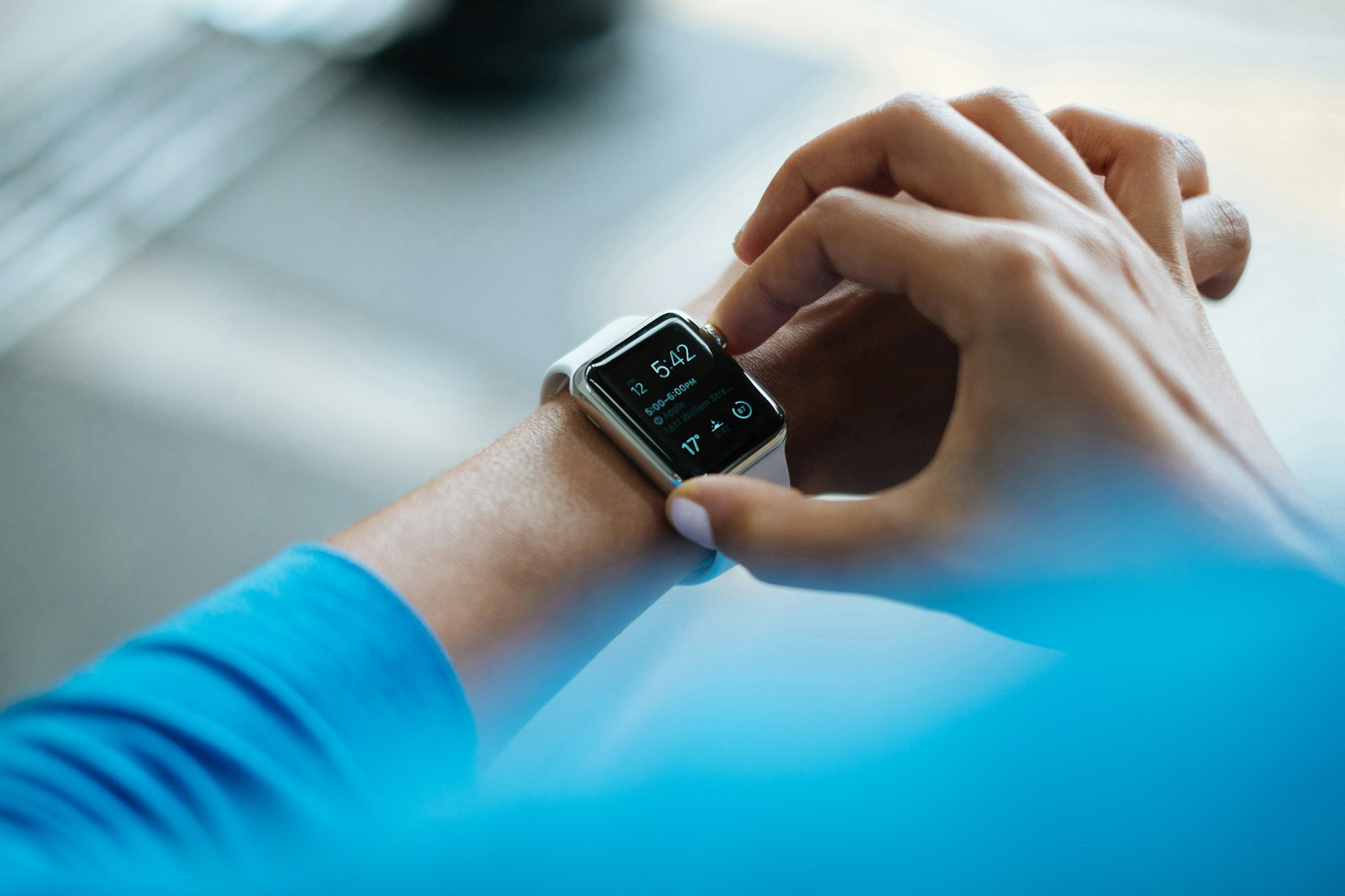Background
During the COVID-19 pandemic, wearable health devices took on a new role. As remote patient monitoring became increasingly critical, medical professionals found innovative ways to repurpose consumer devices to meet this need. These devices enabled the remote tracking of vital signs - including skin and body temperature, respiratory rate, pulse rate, heart rate, and blood oxygen level - all of which are crucial indicators related to COVID-19. This capability facilitated the early detection and monitoring of the virus's spread.
The market for these devices has seen significant growth, driven by a heightened public consciousness about health. These wearable technologies offer monitorable data that can be used to proactively identify and address health concerns, further fueling their adoption. As a result, the wearable health device market is not only expanding but also evolving, with a focus on preempting health-related issues.
At a Glance
The wearable technology market is on an upward trajectory, projected to reach a staggering $186.14 billion by 2030 globally. Europe is a significant player in this growth, with its wearable technology market size approximated at $9.63 billion in 2023.
This surge is fueled by several factors, including the rising prevalence of chronic diseases such as diabetes. The International Diabetes Federation (IDF) estimates that the total cost of diabetes among people in Western Europe aged 20 to 79 was a hefty $126 billion in 2018. This figure is projected to climb to $178 billion by 2040, highlighting the urgent need for effective monitoring and management solutions.
The aging population is another key driver. According to the World Health Organization (WHO), the global elderly population will reach 2 billion by 2050. The UK is a prime example of this trend, with the Office for National Statistics predicting that one in every four people in the UK will be 65 or older by 2050, up from one in every five in 2019.
This demographic shift is expected to increase the demand for wearable health technologies, particularly for remote patient monitoring (RPM) devices. These devices allow healthcare providers to monitor, report, and analyze their patients' acute or chronic conditions from outside the hospital or clinic setting. The RPM segment is expected to witness significant growth over the forecast period, driven by the rising burden of chronic diseases and the growing geriatric population.
For instance, in Germany, 6.2 million people were living with diabetes in 2021, and this number is projected to reach 6.5 million by 2030. Furthermore, about 6.4 million people are living with cardiovascular diseases in England in 2022, according to the British Heart Foundation. These statistics underscore the increasing need for wearable health technologies that can help manage these conditions effectively.
Wearable health technologies offer several benefits, including the reduction of healthcare costs, fewer doctor appointments, and improved management of chronic diseases. As such, they are poised to play a crucial role in shaping the future of healthcare in Europe and beyond.
Several companies, such as Fitbit, Samsung, Noise, and Fossil Group, Inc., are introducing wearable technology watches and other accessories with health tracking solutions. Such a feature is anticipated to attract consumers as it helps them check their health, which paves the way for market growth. For instance, in March 2022, Xiaomi Corp. launched the latest Xiaomi Watch S1 Series. It has 117 fitness modes and tracks blood oxygen saturation, heart rate, and sleep patterns, among other health metrics.
Why It's Important
Wearable health technologies are reshaping the healthcare landscape, offering multifaceted benefits to both individuals and the healthcare system at large.
For individuals, particularly the aging population, these devices serve as a powerful tool for health management. They provide real-time feedback and insights into various health metrics, empowering individuals to make informed decisions about their lifestyle and medical care. This is especially crucial for managing chronic conditions, which are more prevalent among the elderly.
From the perspective of the healthcare system, the adoption of wearable health technologies can translate into significant cost savings. These devices facilitate early detection and intervention, potentially preventing the progression of diseases that could lead to costly hospital admissions. Moreover, they can enhance the management of chronic conditions, thereby reducing the need for frequent doctor visits and long-term medical care.
Beyond cost savings, wearable health technologies can significantly improve the quality of healthcare delivery. By providing continuous, real-time health data, these devices pave the way for more personalized and patient-centric care. They also enable remote monitoring, a capability that has gained heightened importance in the context of the COVID-19 pandemic.
Purchasing Patterns of Wearable Devices
Demographic factors, technological proficiency, health and fitness goals, and data privacy concerns significantly influence the adoption of wearable health technologies. Younger individuals (18-34 years) and women are more likely to use wearable devices, as are individuals with higher levels of education and income. People who enjoy exercising and those proficient in using technology for health-related tasks also show a greater likelihood to use wearables. Interestingly, most individuals are willing to share their wearable device data with their healthcare provider, indicating a high level of trust in the healthcare system. However, privacy concerns and data security issues can hinder market growth, emphasizing the need for robust security measures to protect user data and maintain consumer trust.
Future Prospects
The horizon of wearable health technologies is expansive. Anticipated advancements include more sophisticated devices offering a broader range of accurate health metrics.
Artificial intelligence and machine learning are set to revolutionize these devices, potentially predicting health issues for early intervention. Wearable health technologies are also expected to become integral to telemedicine and remote patient monitoring, improving patient outcomes and making healthcare more accessible.
As these devices collect sensitive health data, future developments will also focus on data security and privacy, leading to advancements in data encryption and security measures.







